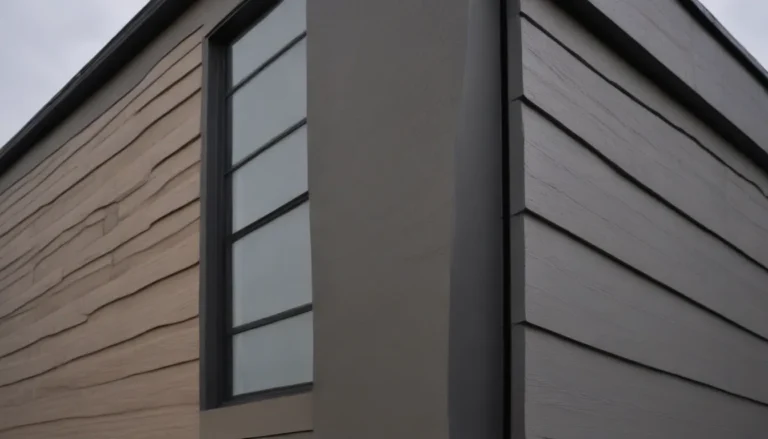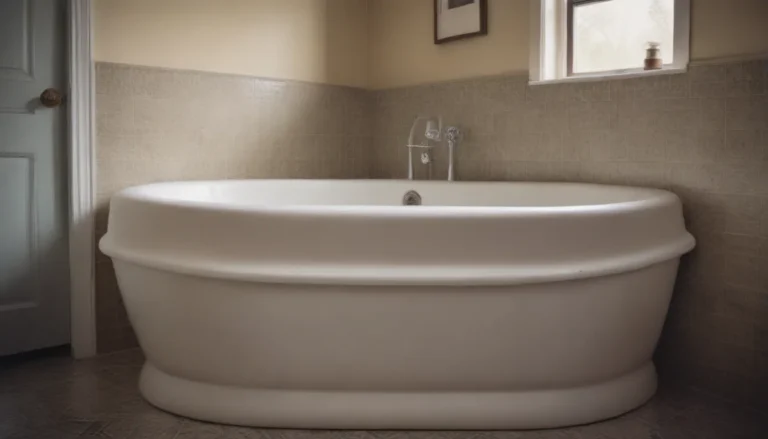The Ultimate Guide to Electric Radiant Floor Heating: Everything You Need to Know

Welcome to our in-depth look at electric radiant floor heating systems! If you’re considering upgrading your home heating options or just want to learn more about this innovative technology, you’ve come to the right place. In this comprehensive guide, we’ll cover everything you need to know about electric radiant floor heating, from the basics to the costs and benefits.
What is Electric Radiant Floor Heating?
Electric radiant floor heating systems work by using a network of pipes or wires installed beneath the surface flooring to radiate heat upward into a room. This method of heating is especially effective on flooring surfaces that are naturally cool to the touch, such as stone, concrete, or ceramic tile.
Radiant floors can be a great option for rooms where traditional HVAC ductwork is difficult to install, as they provide a consistent and comfortable warmth from the floor up. They are also ideal for large, tall rooms where heat is most needed at floor level.
One of the most popular types of radiant floor heating systems is the electric system. This system involves a wire mesh or loops of individual wires that generate heat as electricity flows through them. Installation is usually done during remodeling projects and can provide supplemental heat to a room.
Anatomy of an Electric Radiant Floor Heating System
The concept of radiant floor heating has been around for centuries, with ancient Romans using a similar method to heat their buildings. In modern electric systems, thin heating cables are installed under surface flooring, typically ceramic tile, to provide warmth. These systems are usually controlled by their own electrical circuit and a wall thermostat.
Electric radiant floor systems can be installed using electrical matting or individual wires looped across the floor. The installation process involves securing the heating elements to the subfloor and covering them with thin-set mortar before laying the final flooring material on top.
These systems provide a discreet way to heat a floor and are most effective under surfaces like ceramic and stone tile. Electric systems are easy to install, making them a great DIY-friendly option for remodeling projects.
Benefits of Electric Radiant Floor Heating:
- Provides consistent and comfortable heat from the floor up
- Ideal for rooms with cool-surface flooring like stone or tile
- Energy-efficient heating option with lower operating costs
- DIY-friendly installation process for remodeling projects
Costs of Electric Radiant Floor Heating:
When considering the costs of installing an electric radiant floor heating system, you can expect to pay around $8 to $12 per square foot for materials alone. Professional installation can add an additional $4 to $8 per square foot.
Operating costs for an 8 x 10-foot bathroom can range from 25 cents to $1 per day, depending on usage and electricity rates in your area. While electric systems are cost-effective for supplemental heating, they are more expensive to operate for whole-home use compared to warm-water radiant heating.
Alternate Forms of Radiant Floor Heating
In addition to electric radiant floor heating, there is also the option of hydronic (hot water) radiant floor systems. These systems use tubes of water warmed by a central boiler to circulate heat beneath the floor. While installation costs are higher, hydronic systems are extremely efficient and offer lower operating costs over time.
Hydronic radiant floor systems are typically used in new construction for whole-house heating and can run on a variety of energy sources. Like electric systems, safety features are built-in to prevent shocks or electrical fires, making them a reliable heating option for many homeowners.
Tips for Installing Electric Radiant Floor Heating:
- It’s recommended to hire a professional for the installation process to ensure safety and efficiency.
- Consider installing electric radiant floor heating in bathrooms, bedrooms, kitchens, and finished basements for optimal comfort.
- Choose flooring materials that are highly conductive, such as laminate, wood, natural stone, ceramic tile, or porcelain, for the best results.
Heating your home with electric radiant floor systems can provide a level of comfort and efficiency that traditional heating methods may not offer. Whether you’re looking to add warmth to a single room or upgrade your entire home heating system, electric radiant floor heating is a modern and effective solution.
In conclusion, electric radiant floor heating systems offer a reliable and energy-efficient way to heat your home. Their ease of installation, cost-effectiveness, and ability to provide consistent warmth make them a popular choice for homeowners looking to improve their heating options. If you’re considering upgrading your home heating system, electric radiant floor heating is definitely worth exploring!





